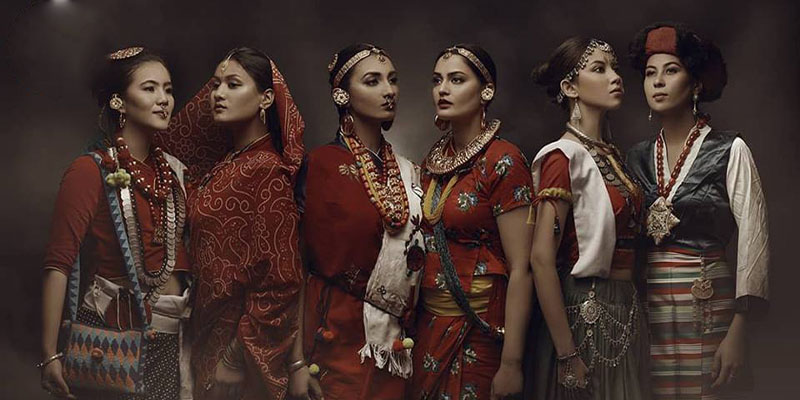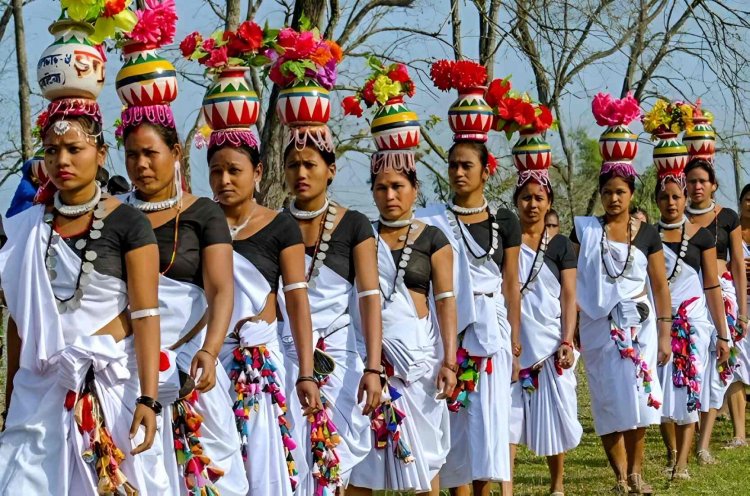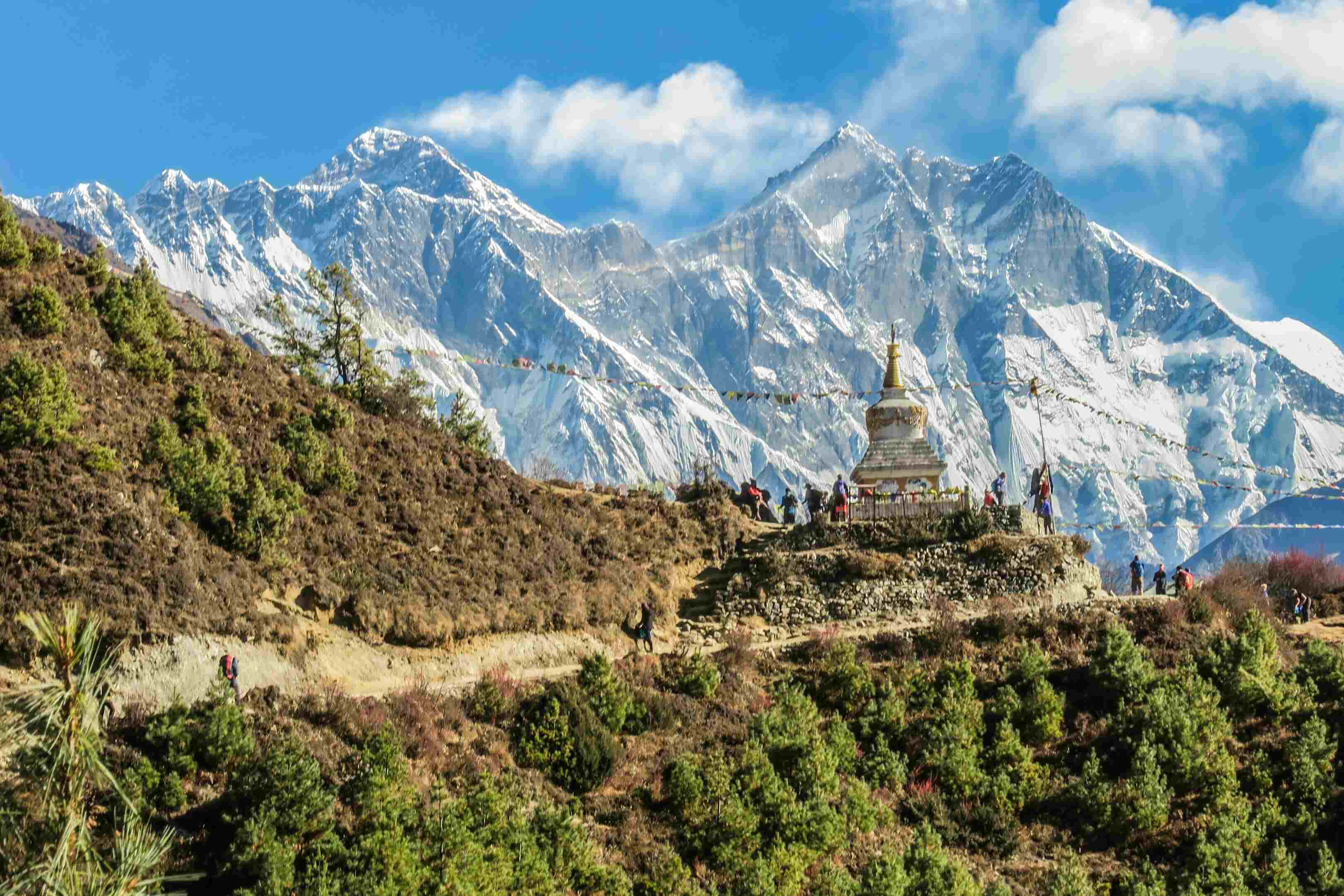Share this Article
Nepali culture is deeply intertwined with a variety of religious, cultural, and seasonal festivals that are celebrated with immense devotion and joy. One of the most notable aspects of these festivals is the tradition of fasting and feasting, which plays a vital role in both the spiritual and social fabric of Nepali life. These practices are symbolic of devotion, purification, and celebration, reflecting the deep connection between spirituality, health, and community bonding in Nepali society.
1. Spiritual Significance of Fasting in Nepali Festivals
In Nepal, fasting is a common practice during festivals, and it is considered a way to purify the body and mind while demonstrating devotion to the deities. The act of fasting is believed to have the following spiritual benefits:
- Purification of the Soul and Body: Fasting is seen as a means of cleansing the body and soul, allowing individuals to shed negative energies and impurities. By abstaining from food and sometimes water, devotees seek to develop self-control and a closer connection with the divine.
- Atonement and Penance: Fasting is often associated with acts of penance, where individuals seek forgiveness for past misdeeds and engage in spiritual reflection. It is seen as a way to balance karma and invoke divine blessings.
- Devotional Offering: In Hinduism, the belief is that by offering one's hunger to the gods during fasting, the act of self-denial becomes a gift to the deities, who are believed to bestow blessings in return. Fasting is thus seen as a form of surrender to the divine will.
2. Fasting During Major Nepali Festivals
Several major Nepali festivals are marked by fasting, each with specific customs and practices.
2.1 Dashain
Dashain, the most widely celebrated festival in Nepal, is a 15-day celebration that honors the goddess Durga and symbolizes the victory of good over evil. The festival is marked by worship, prayers, family gatherings, and various rituals. Many Nepalis observe fasting on the eighth day (known as Maha Ashtami) or the ninth day (known as Maha Navami), when they dedicate themselves to worshipping the goddess Durga.
- Fasting Practices: On these days, devotees may abstain from eating meat, grains, and sometimes even drinking water. The fasting is done to purify the body, seek the goddess's blessings for health, prosperity, and protection, and spiritually prepare for the upcoming feasting.
- Feasting After Fasting: Once the fasting period ends, especially on Vijayadashami (the 15th day), families celebrate with grand feasts, where meat, sweets, and a variety of traditional Nepali dishes are served. The feast signifies the culmination of the spiritual practice and the return of prosperity and good fortune.
2.2 Tihar (Festival of Lights)
Tihar, also known as Deepawali or the Festival of Lights, is another major festival that involves fasting and feasting. It is celebrated over five days and honors various gods, goddesses, animals, and ancestors.
- Fasting Practices: On the second day of Tihar, called Kag Tihar (the day dedicated to crows), some people fast as a gesture of devotion to the animals, as they believe fasting brings good luck. On Gai Tihar (the day dedicated to cows), people may also fast or avoid eating certain foods to purify the body before offering prayers and feeding the sacred animals.
- Feasting After Fasting: Following the fasting rituals, Tihar is characterized by feasting, where families cook a variety of foods, including sweets such as sel roti (rice doughnuts), laddus, and barfi (a traditional sweet). The act of sharing food with friends, family, and neighbors symbolizes goodwill and the joy of life.
2.3 Maha Shivaratri
Maha Shivaratri, a festival dedicated to the god Shiva, is widely observed in Nepal. It is believed that on this night, Lord Shiva performed the cosmic dance of creation, preservation, and destruction.
- Fasting Practices: Devotees observe a strict fast on this night, often refraining from food and water, as an act of devotion to Lord Shiva. Many also spend the night in temples or near holy sites, participating in puja (prayers), chanting mantras, and meditating.
- Feasting After Fasting: The fasting culminates in a grand meal the following day, with a focus on light, vegetarian foods. The feast is meant to break the fast in a spiritually uplifting way, symbolizing the spiritual renewal and blessings that devotees seek from Lord Shiva.
2.4 Karva Chauth
While not originally a Nepali festival, Karva Chauth has become increasingly popular among Nepali women, especially those married. On this day, women fast from sunrise to moonrise for the well-being and long life of their husbands.
- Fasting Practices: Women observe a strict fast, refraining from eating or drinking water for the entire day, until they sight the moon in the evening. During the fast, they gather in the evening to break their fast with a communal prayer and meal.
- Feasting After Fasting: Once the moon is sighted, women break their fast with a special meal, often consisting of sweets, fruits, and delicacies. This feast is shared with family members, reinforcing the bonds of love, respect, and togetherness.
3. Cultural and Social Aspects of Fasting and Feasting
Beyond the spiritual significance, fasting and feasting also have strong cultural and social implications in Nepali society.
3.1 Strengthening Family Bonds
Fasting and feasting during festivals serve as a time for families to come together and bond. It is a period of mutual respect and love, where extended family members gather, perform rituals together, and celebrate their shared heritage. The feasts provide an opportunity to reconnect with loved ones, share food, and celebrate the joys of life.
3.2 Social and Community Cohesion
In many rural parts of Nepal, fasting and feasting during festivals also have a strong communal aspect. Neighbors and communities often come together to observe fasting, perform rituals, and partake in communal meals. The act of fasting is seen as a collective effort, and the subsequent feast becomes a celebration of unity and togetherness.
3.3 Economic Impact
The preparation of special foods for feasts during festivals also has an economic dimension. Local markets experience a surge in demand for ingredients like ghee, sweets, meats, and rice, which provides an economic boost for local producers and vendors. The sale of festival-related foods and items becomes a significant part of the local economy during festive seasons.
4. Conclusion: A Sacred Cycle of Renewal
The tradition of fasting and feasting in Nepali festivals is not only a means of religious expression but also an essential part of the cultural and social fabric of the country. It reflects the sacred cycle of purification and renewal, where fasting serves to cleanse the body and spirit, while feasting symbolizes gratitude, joy, and celebration of life’s blessings. These rituals are central to the sense of community and togetherness that defines Nepali festivals, making them both a time for spiritual devotion and collective celebration.
Categories:
Culture & Traditions
,
History & Heritage
,
Lifestyle & Local Life
Tags:
tradition







